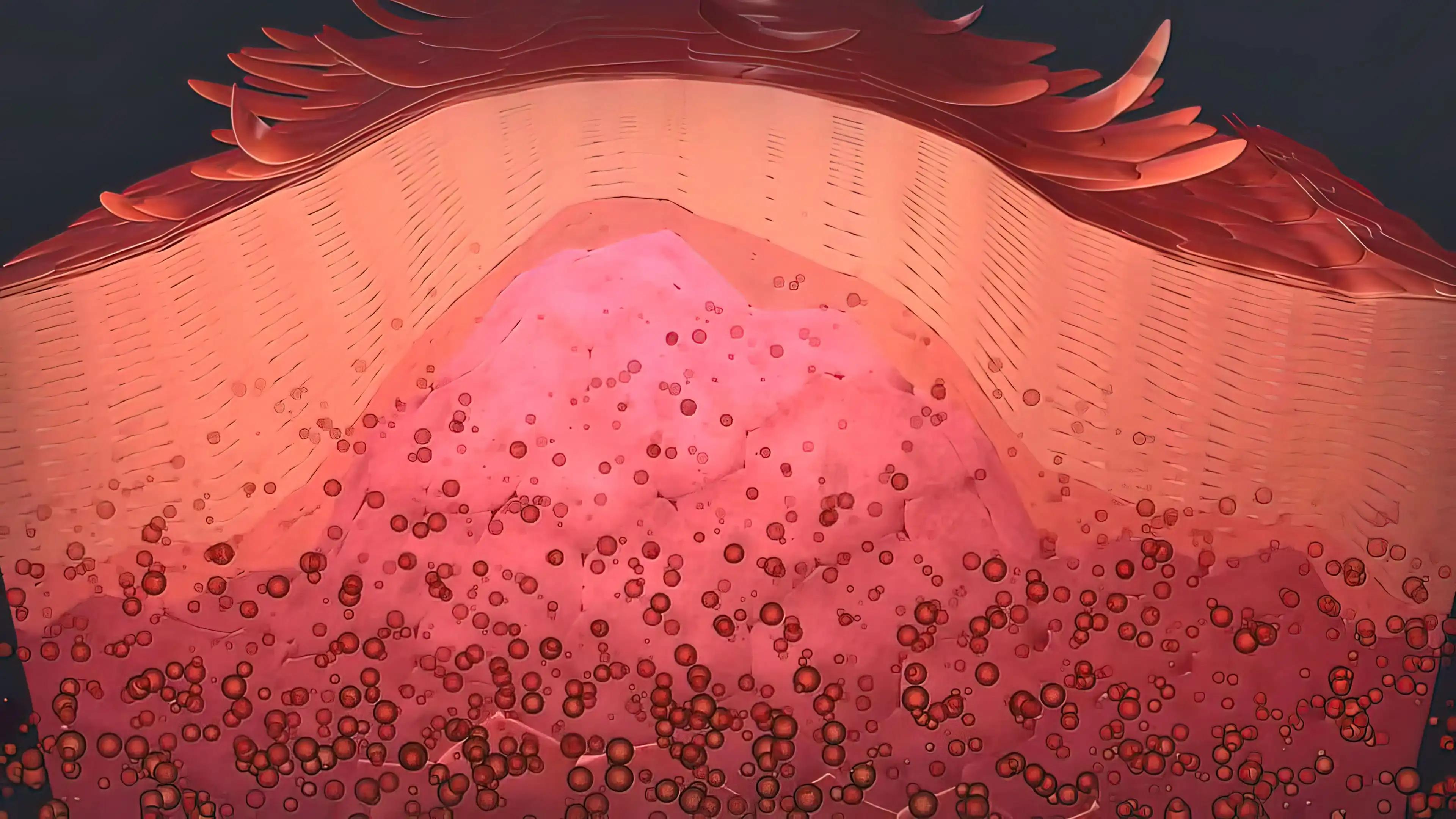KEY TAKEAWAYS
- The study aimed to investigate the correlation between disulfidptosis and lncRNAs in patients with SKCM for targeted treatment insights.
- The findings presented a disulfidptosis-related lncRNA risk model for predicting SKCM prognosis and guiding treatment.
Skin cutaneous melanoma (SKCM) is a highly aggressive form of malignant melanoma, characterized by poor prognosis and elevated mortality rates. Established by recent studies, disulfidptosis denoted a novel mechanism of cell death regulation triggered by abnormal disulfide accumulation.
Although, this pathway is a subject of extensive research nowadays, aiming to unravel cancer and develop precise therapeutic strategies. Yet, the association between disulfidptosis and long non-coding RNAs (lncRNAs) in SKCM remains unexplored.
Shengrong Cheng and the team were determined to integrate the cancer genome atlas database furnished with lncRNA expression data and clinical information from patients with SKCM.
About 12 disulfidptosis-related lncRNAs were identified, setting a platform for developing prognosis prediction models in SKCM. The ROC curve and nomogram demonstrated potentially great discriminative ability, with robust area under the curve (AUC) values, effectively assessing prognostic potential for patients with SKCM.
The tumor microenvironment (TME) emerged as pivotal in SKCM pathogenesis, progression, and prognosis, impacting the risk scores through its influence over the infiltration of immune cells.
Notably, low-risk patients, identified through comprehensive drug sensitivity and immune efficacy analyses, were recommended for tailored treatment strategies combining chemotherapy, targeted therapy, and immunotherapy.
The study developed a risk model of 12 disulfideptosis-related lncRNAs to predict SKCM prognosis and guided personalized immunotherapy and chemotherapy plans.
The study was funded by Natural Science Foundation of Universities of Anhui Province, the Research Fund project of Anhui Academy of Translational Medicine and 30973124/National Natural Science Foundation of China.
Source: https://pubmed.ncbi.nlm.nih.gov/38924611/
Cheng S., Wang X., Yang S., et al. “Identification of novel disulfidptosis-related lncRNA signatures to predict the prognosis and immune microenvironment of skin cutaneous melanoma patients.” Skin Res Technol. 2024 Jul;30(7):e13814. doi: 10.1111/srt.13814. PMID: 38924611.



